

There are hundreds of brands and models of digital multimeters available in the market, with dozens of common domestic and international models. Which one do you use?


Warm Reminder: Beginners should read carefully, experienced users can skim.
1. Common multimeters come in two types: analog and digital:
Analog multimeters are multifunctional measuring instruments built around a mechanical dial, where the measured value is read from the dial pointer;
Digital multimeters display the measured value directly in numerical form on an LCD screen and often include voice prompts.
2. By appearance, there are desktop, clamp-style, handheld, and pocket-sized multimeters.
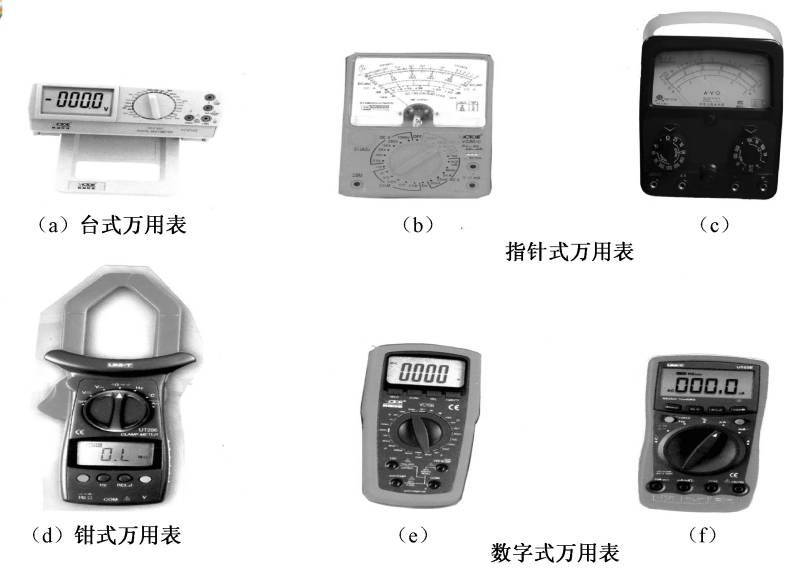
3. Comparison of pros and cons:
Analog multimeters have slightly lower reading accuracy compared to digital multimeters, but the pointer’s movement is more intuitive and noticeable, and its speed and amplitude can sometimes objectively reflect the size and direction of the measured value.
Digital instruments have high sensitivity, accuracy, clear display, strong overload capacity, are portable, and easier to use.

Analog multimeter
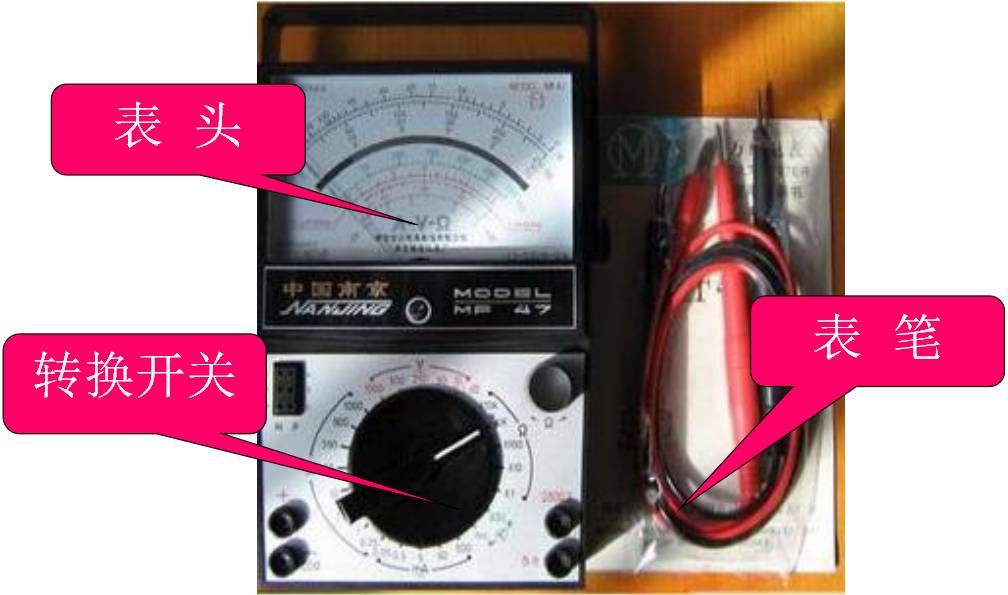
There are many types of analog multimeters, but their basic structure is similar. An analog multimeter primarily consists of three parts: the meter head, the selector switch (also known as the range switch), and the measurement circuit.
Meter Head: is the display device for measurements; it is essentially a sensitive ammeter.
Selector Switch: selects the type and range (or multiplier) of the measured quantity.
Measurement Circuit: converts the different nature and size of the measured quantity into a direct current that the meter head can accept.
Meter Head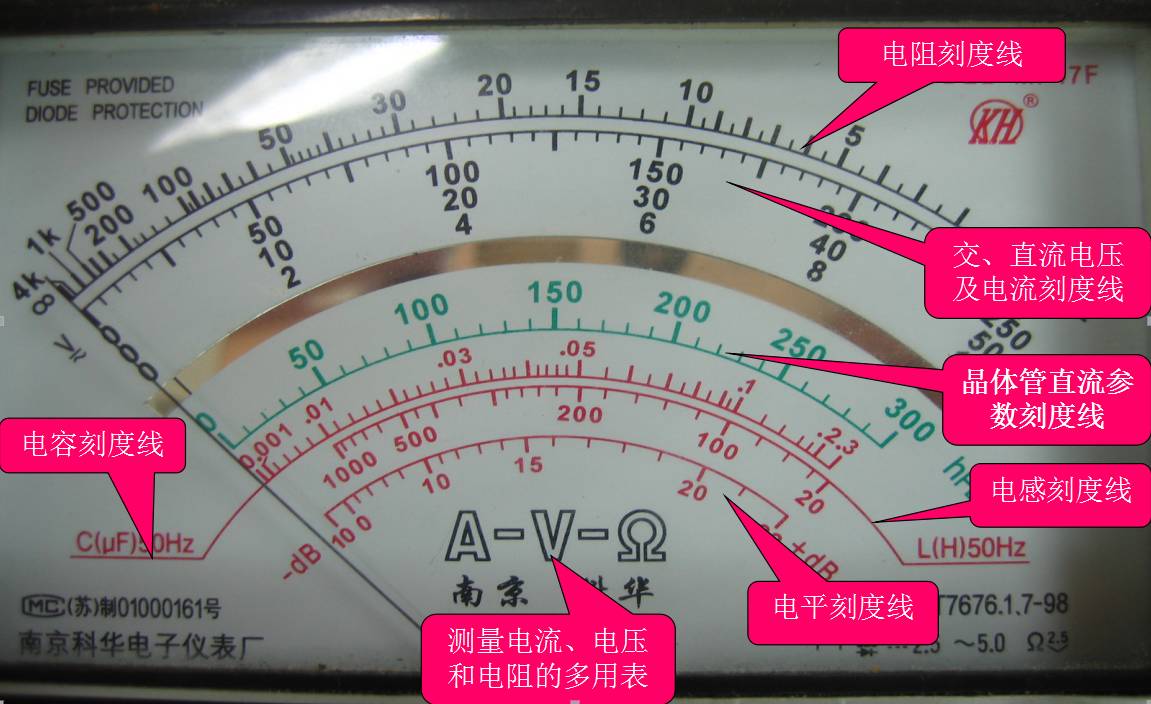
Selector Switch
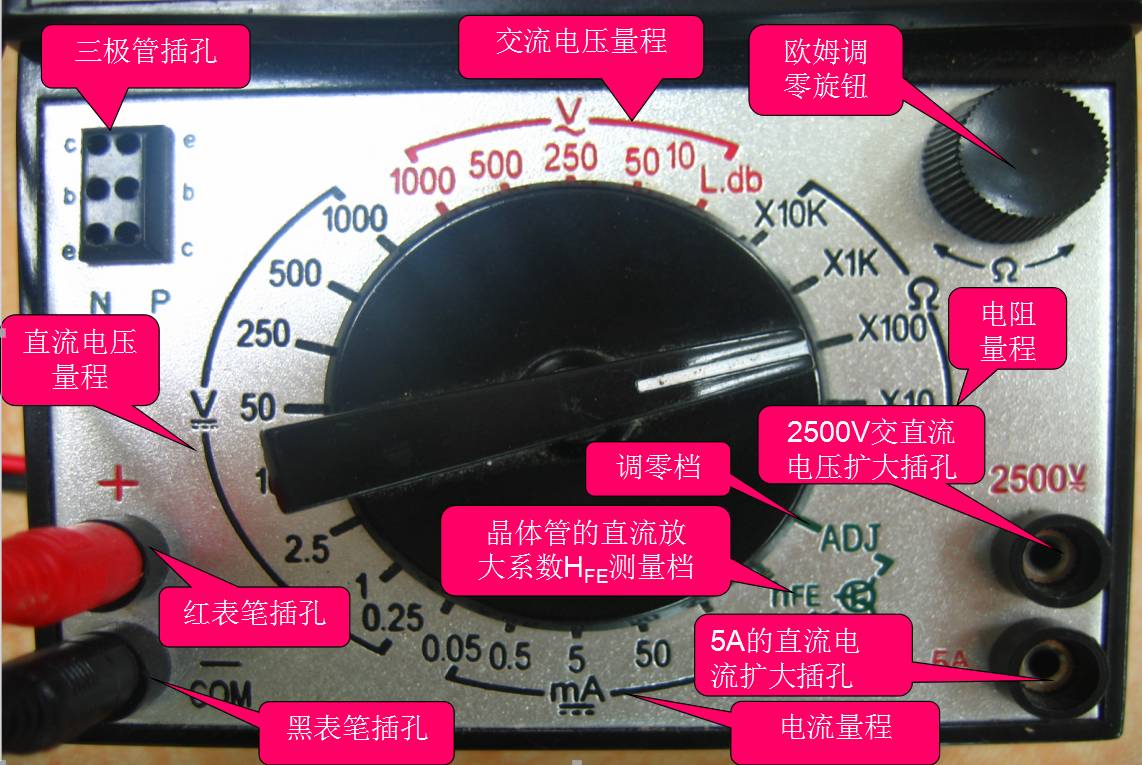
Precautions for Using Analog Multimeters
During Use:
(1) Must be placed horizontally to avoid errors.
(2) Do not collide with hard objects or drop it on the ground.
(3) Do not touch the metal parts of the probes with your hands.
(4) When measuring a certain quantity, do not change the range while measuring, especially when measuring high voltage; otherwise, it may damage the multimeter.
If you need to change the range, disconnect the probes first, then change the range before measuring.
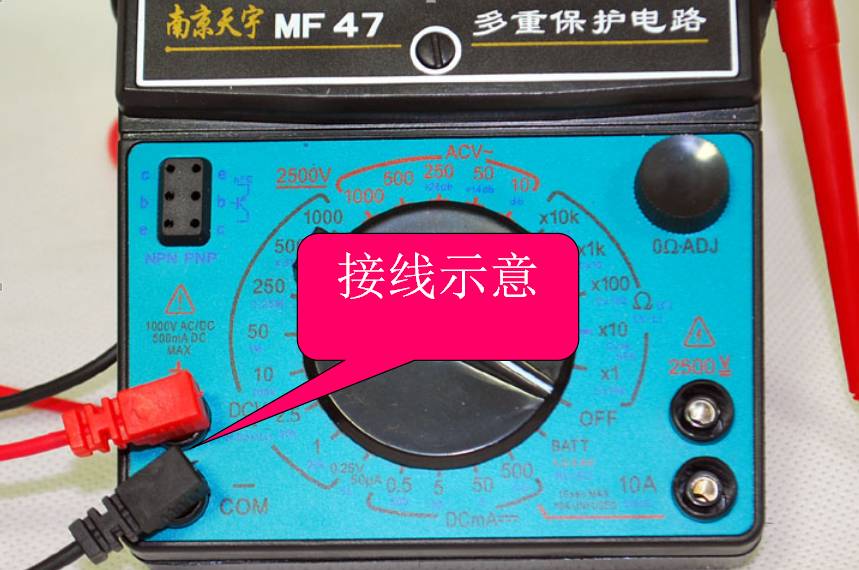
Correct Wiring
1. The red probe should be connected to the “+” polarity socket, and the black probe should be connected to the “—” or “*” or “COM” polarity socket.
2. When measuring DC quantities, pay attention to the positive and negative polarities to avoid reversing the pointer.
3. When measuring current, the meter should be connected in series with the circuit being measured; when measuring voltage, the meter should be connected in parallel across the circuit.
4. When measuring transistors, remember that the red probe should connect to the negative terminal of the internal battery, and the black probe should connect to the positive terminal of the internal battery.
Correctly Selecting Measurement Ranges
1. When measuring voltage, the selector switch should be set to the corresponding voltage range; when measuring current, it should be set to the corresponding current range, etc.
2. When selecting current or voltage ranges, it is best to keep the pointer above two-thirds of the scale; for resistance ranges, aim for the middle of the scale.
3. When measuring, if you are unsure of the measured value range, first set the selector switch to the maximum range, then gradually reduce it to the appropriate range based on the pointer’s deflection.
After Use
(1) After using the multimeter, if there is no empty range, set the range switch to the highest AC voltage range; if there is an empty range (“*” or “OFF”), then set it to that range.
(2) If the multimeter will not be used for a long time, remove the internal battery to prevent leakage from corroding the internal circuit.

Digital Multimeter

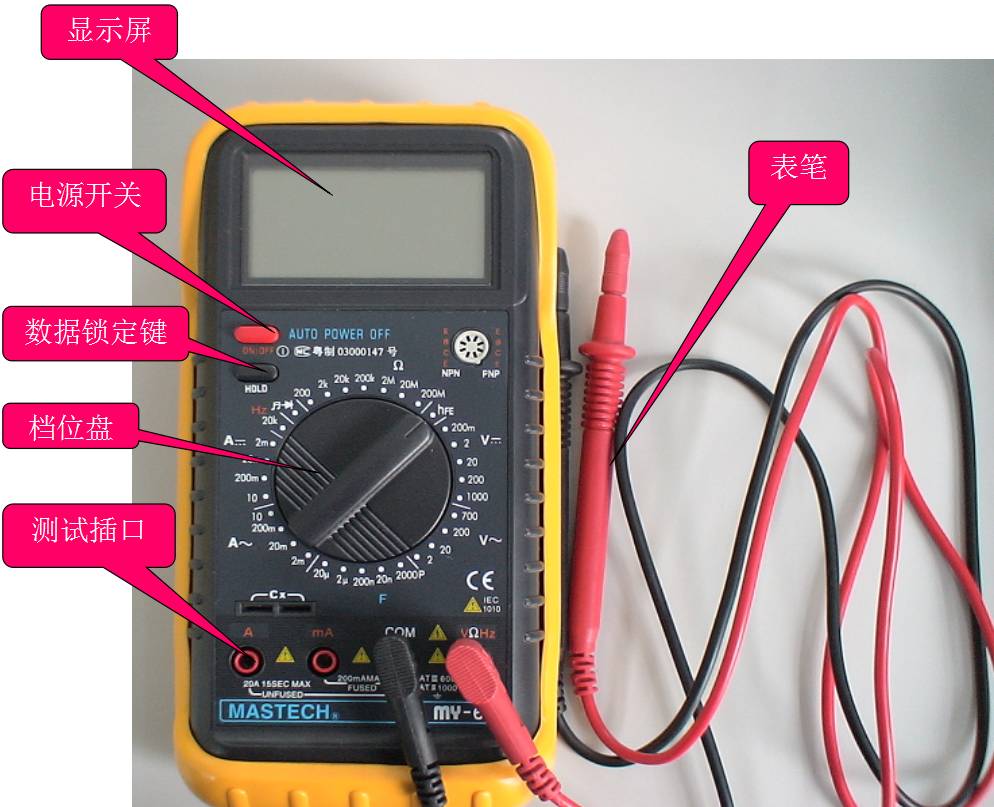
Range Dial
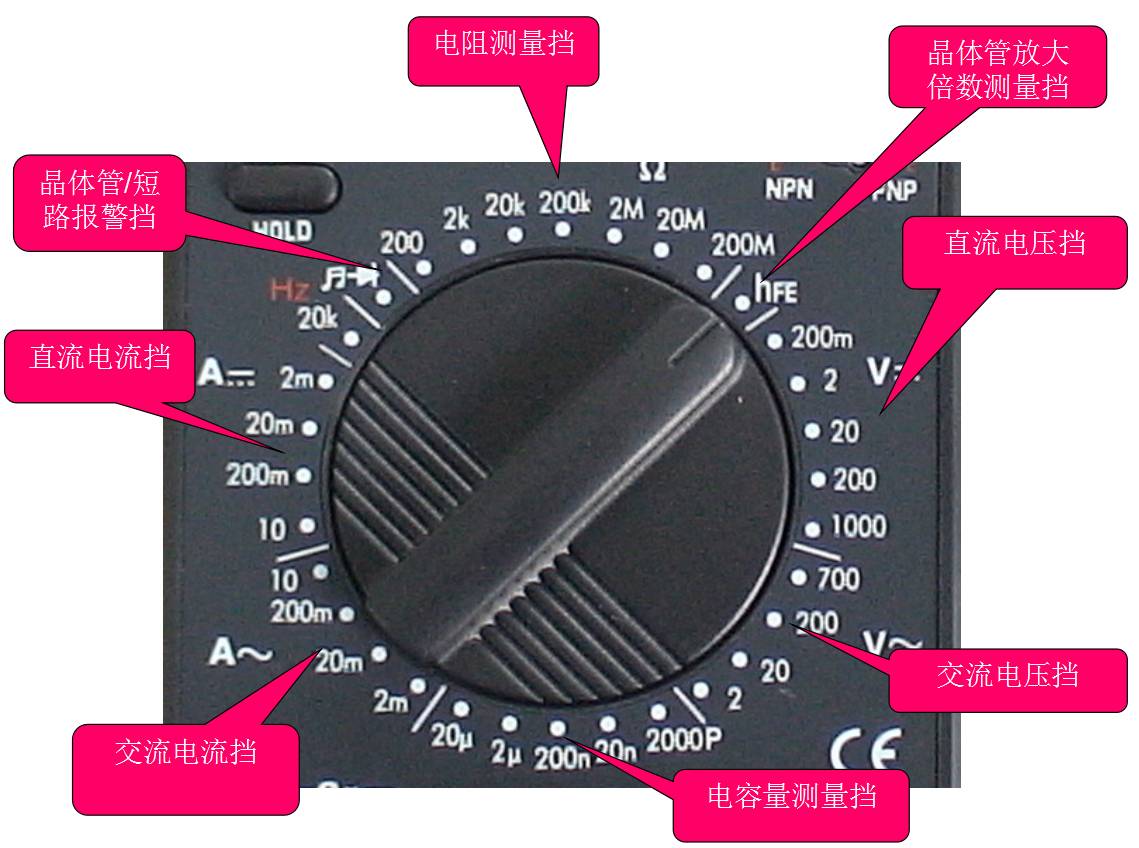
Socket
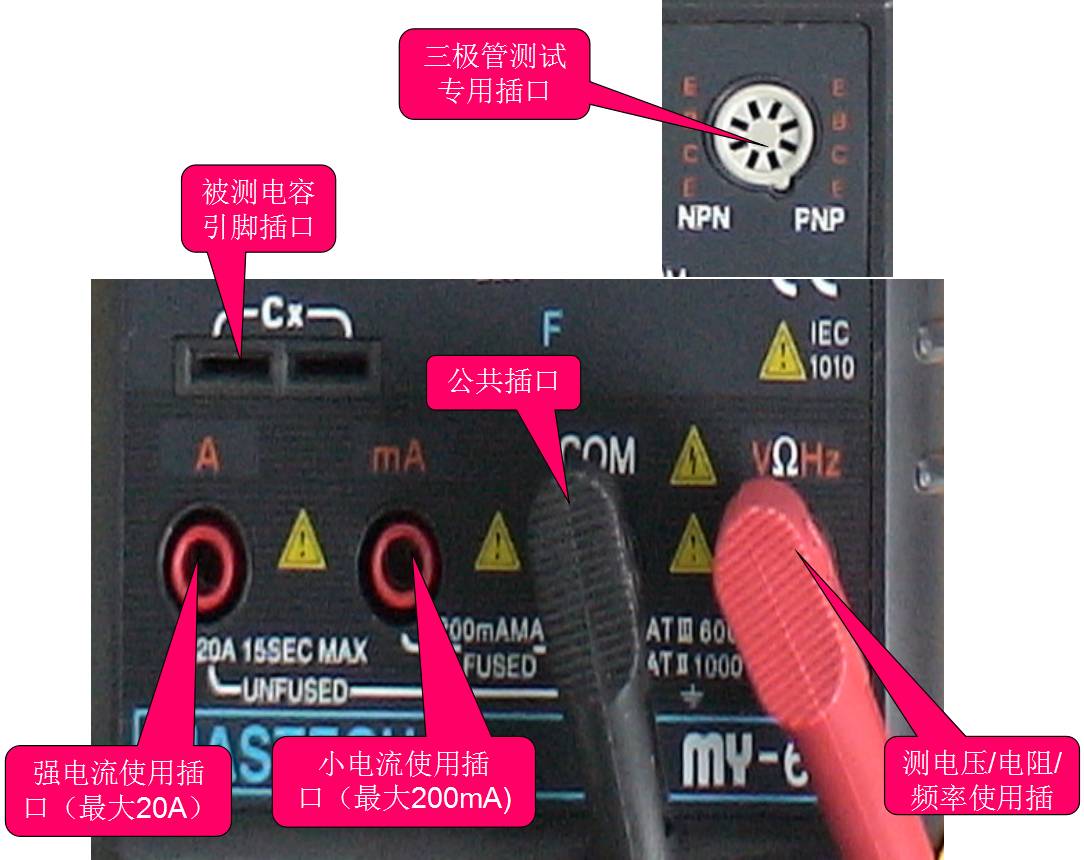
Precautions for Using Digital Multimeters
a. If you cannot estimate the size of the voltage or current to be measured in advance, first set it to the highest range, measure once, and then gradually reduce to the appropriate position based on the situation. After measuring, set the range switch to the highest voltage range and turn off the power.
b. When at full scale, the meter will only show the digit “1” at the highest position, and other positions will disappear; at this point, you should select a higher range.
c. When measuring voltage, the digital multimeter should be connected in parallel with the circuit being measured. When measuring current, it should be connected in series with the circuit; when measuring DC quantities, polarity does not need to be considered.d. If you mistakenly use the AC voltage range to measure DC voltage, or mistakenly use the DC voltage range to measure AC voltage, the display will show “000” or the digits will fluctuate at low levels.
e. It is prohibited to change the range while measuring high voltage (above 220V) or large current (above 0.5A) to prevent arcing and burning the switch contacts.
f. When the display shows “BATT” or “LOW BAT”, it indicates that the battery voltage is below the operating voltage.

1. How to Measure Leakage Current with a Multimeter:
Use the continuity setting of the multimeter to measure between the ground and the part of the circuit being measured. If the meter shows a resistance value, it indicates a lack of insulation.
However, to actually measure leakage current, a megohmmeter (also known as an insulation tester) should be used. This is because the voltage across the probes of a multimeter is very low, generally not exceeding 9V, which cannot break down the gap for leakage current. A megohmmeter can reach over 1000V. Connect the multimeter probes to the corresponding terminals for measuring AC voltage, then use one probe to measure the neutral wire or ground, and the other probe to measure the suspected leakage point. If the reading is 0, there is no leakage and no voltage! If it shows 220V or other voltages exceeding 36V, there is leakage, indicating that the area is unsafe!
Measure the insulation resistance using the multimeter’s resistance setting at 200M. First, determine which wire is leaking or which two wires are shorted.
The method is as follows:
Measure the insulation resistance between the live wire and the neutral wire, between the live wire and the ground wire, and between the neutral wire and the ground wire. If there is a short circuit, the insulation resistance will be basically zero.
Knowing which wire is leaking, use the section search method to gradually narrow down the fault range.
Alternatively, use the exclusion method by testing each section of the circuit separately.
2. How to Distinguish Between Neutral Wire and Live Wire with a Multimeter:
Generally speaking, to identify the neutral and live wires in the mains, it is necessary to use a low-voltage test pen. Can a multimeter distinguish between live and neutral wires?
The answer is yes. The method is as follows:
Set the multimeter’s range switch to the AC voltage range of 250V or 500V. Connect the black probe to the indoor plumbing or damp ground, and connect the red probe to the power line or power socket. The higher voltage indicated by the multimeter is the live wire, while the lower or zero voltage is the neutral wire.
3. How to Measure Neutral and Live Wires with a Digital Multimeter:
It is very convenient to measure the neutral and live wires in your home with a multimeter. Just use a digital multimeter, clamp meter, or analog multimeter in the AC voltage range. Set the range switch to the AC voltage range (most multimeters have this function, with ranges from 200mV to 750V; generally, select the 200V range. If a clamp meter does not have a 200V range, select a larger range).
For an analog multimeter, you can choose a smaller range (10V or 100V). Insert the red and black probes into the V/COM sockets (used for measuring 220V AC voltage). Wrap the black probe wire around your left hand 2-3 times (as shown in the picture). Of course, the more wraps, the better. Note: At this time, do not let the metal tip of the black probe touch your hand to avoid electric shock. Then you can proceed with the test. Use the red probe to measure the socket or the neutral and live wires. Record the two measurements; there will definitely be one high and one low voltage. The higher voltage is the live wire, while the lower voltage is the neutral wire. If you measure the ground wire, it will definitely show no voltage or a very low voltage (depending on whether your ground wire is connected or not!). The difference in voltage measurements between the neutral and live wires is clear.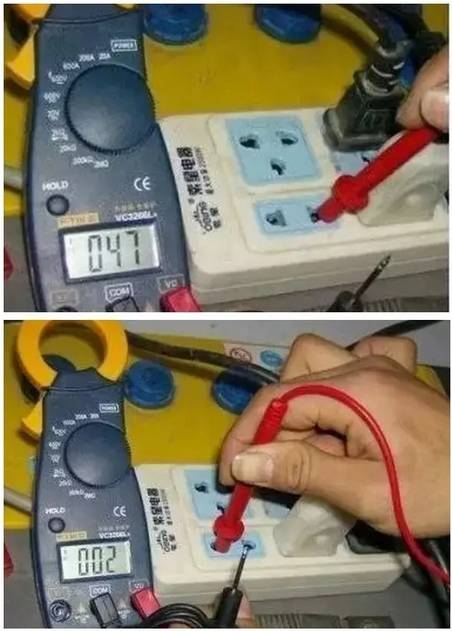
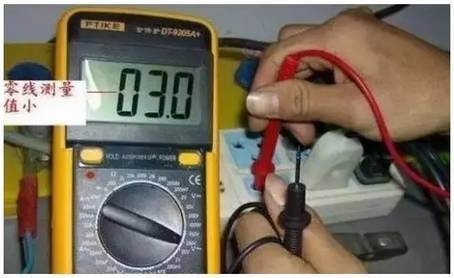
Warm Reminder: For detailed usage experiences, please carefully read the e-book “Chemical Engineering 707: Dear Precision”
Further Reading……
For more exciting content about multimeters , click here……

“In-Depth Analysis of Multimeter Functions”
“Multimeter User Manual”
“Digital Multimeter Operation Strategies”
……
Enter keywords on the homepage to quickly find your favorite e-books:


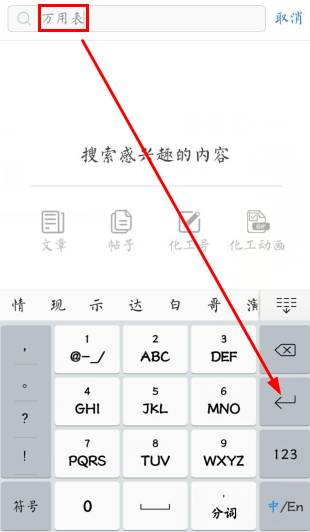

Click to view the large image
1. Find the search tool box on the homepage of Chemical Engineering 707;
2. Enter the keyword “multimeter” and press the search key on the keyboard;
3. Select the “Books” tag and choose your favorite e-book.